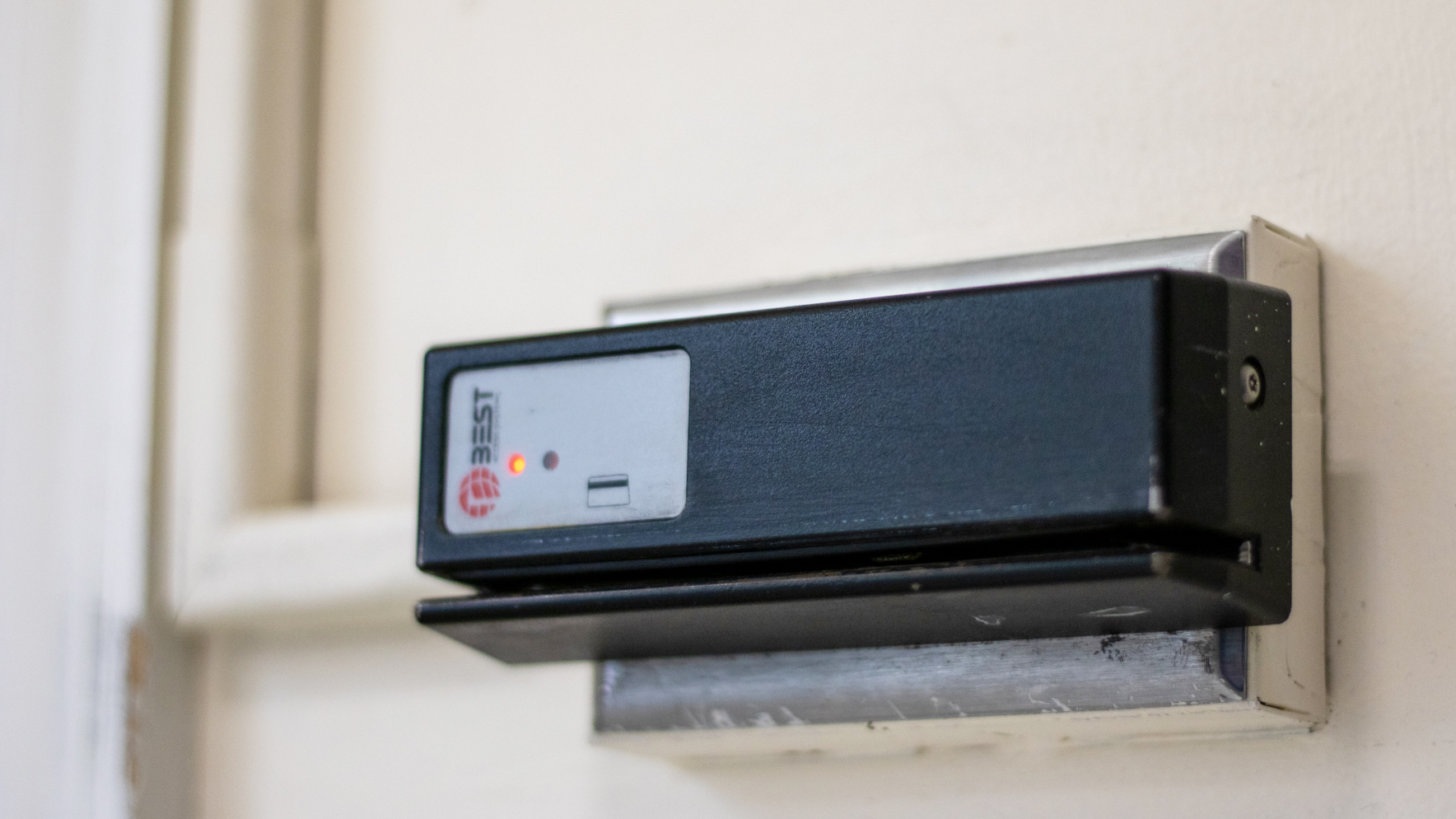Views expressed in opinion columns are the author’s own.
It’s frightening how much your life could change in an instant.
On Nov. 30, 2021, students at Oxford High School were in regularly-scheduled classes, expecting a monotonous and normal Tuesday. However, in an act of violence, a 15-year-old student opened fire on his classmates, killing four and wounding seven.
Once again, educational institutions have been the scene for horrific displays of gun violence, a trend that has unfortunately become more commonplace since the Columbine High School shooting in 1999. The Virginia Tech shooting in 2007, Sandy Hook Elementary School shooting in 2012 and Marjory Stoneman Douglas High School shooting in 2018 horrified the nation. They also proved that school shootings are possible at the elementary, secondary and university levels of education.
Seeing how pervasive gun violence is in the United States — as 100 Americans are killed per day due to gun violence — and the frequency these acts of terror occur at schools, there is nothing to suggest the University of Maryland is immune to a potential attack. Therefore, it is imperative the university does more to ensure the safety of its students while in campus buildings.
In terms of physical concerns, one area where the university could improve upon is how easily it is to enter campus buildings. Buildings such as Stamp Student Union and McKeldin Library are justifiably open to all during the day, as they serve important roles for both students and the broader community looking to pass time, eat a meal or conduct meetings. However, several buildings that house only lecture halls, discussion classrooms and departmental advising offices should not be accessible to all.
The unadulterated access increases the risk that unauthorized people could enter the building, which could increase the potential for attacks. These buildings should only be able to be accessed by those who have a reason to be in that building, whether that be through having a course in that building or being a student in the school in which the building houses. The university should require all students to present some sort of identification to enter all academic buildings. This could help decrease the potential for tragedy to occur in our campus community.
The thought that violence could occur at any time leaves many feeling uneasy and concerned about their safety. Many of the ways the university attempts to instill safety is through a heavy law enforcement presence in and around College Park. On the university’s website, they advertise the various ways law enforcement services can be used to stop any potential threats. However, this ignores the historical racism of law enforcement in this country. Given the police brutality many Black Americans and other communities of color have been subjected to across American history, reassurance of safety rooted in law enforcement is unsettling.
Further, while calling law enforcement could help in a high-danger situation — like an active shooter — it is a reactive approach to gun violence, as police would not get involved until after the attack begins. In order to stop attacks from even occurring, the university should invest in more proactive approaches. This could manifest in the form of advertising and investing in College Park’s Security Operations Center, which has monitored students and campus facilities for decades. Through giving this type of security more power, criminal activities could be deterred without having to stress overreliance on overt policing. With the diversion of criminal activity, threats could be averted entirely before they even exist.
Someone that likes the ease of walking between buildings could make the argument that open entry for all buildings is an integral part of the campus experience here at the university. Yet, this observation ignores that for other buildings on the campus, namely the dining halls and fitness centers, student identification is required for entry, manifesting in the form of hand scans or ID card swipes. Further, at Maryland sporting events, while all students can attend free of charge, they must still show their student IDs in order to gain entry. It’s clear the university has the technology to regulate access to certain buildings and services on the campus, yet actively chooses not to use them for academic buildings. Why is the university more concerned with ensuring our fitness centers and sporting events are student-only than it is ensuring no intruders can enter our classrooms?
When it comes to the safety of students and employees, the university should be doing everything in its power to have the most secure buildings and monitored campus. It is imperative the university invests in adequate technology in order to decrease risk of such a tragedy from coming to this university.
Anthony Liberatori is a junior environmental science and economics major. He can be reached at alib1204@umd.edu.



